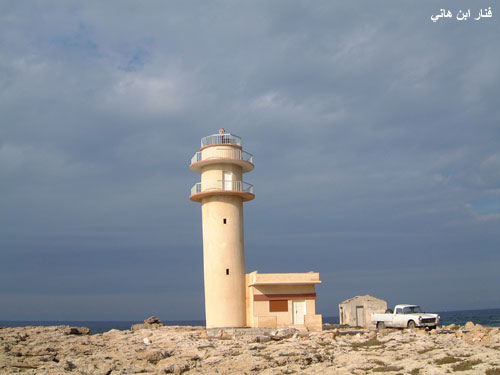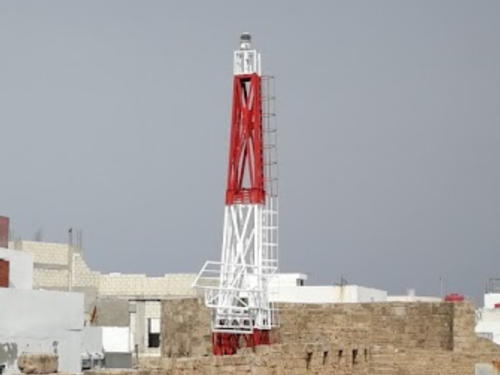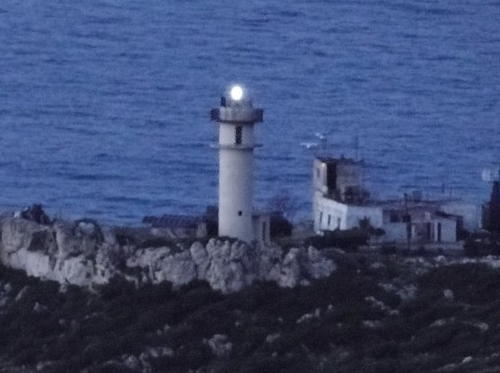The nation of Syria (Sūriyā in Arabic, officially the Syrian Arab Republic) has about 150 km (90 mi) of coastline facing west on the Mediterranean Sea between Turkey and Lebanon. Like all of the Middle East, Syria was part of the Ottoman (Turkish) Empire for four centuries until World War I. After that war it became part of the French Mandate for Syria and the Lebanon. The French detached Lebanon from Syria and created the Lebanese Republic in 1926. Both Syria and Lebanon became independent in 1943, during World War II.
Under the French Mandate the coastal region of Syria was governed from 1920 to 1936 as the Alawite State because the majority of the population in the coastal districts were followers of the Alawite sect of Shi'a Islam. This is still the case, and as a result the coastal governorates of Tartus and Latakia remained loyal to the Alawite-led central government of Bashar al-Assad. Under his government the coast was generally peaceful during the Syrian Civil War that began in 2011. Russia, an ally of the Assad government, established a naval base at Tartus and an air base near Latakia. In December 2024 Assad was overthrown and driven to exile, reversing the political situation in the coastal regions and leading to some unrest.
Lighthouses in Syria are operated by the Ports Affairs Department of the General Directorate of Syrian Ports, an agency of the Ministry of Transport.
The Arabic word for a lighthouse is mnarh or manara (منارة). Ra's is the word for a cape or headland, and jazirat is an island.
ARLHS numbers are from the ARLHS World List of Lights. Admiralty numbers are from volume N of the Admiralty List of Lights & Fog Signals. U.S. NGA List numbers are from Publication 113.
- General Sources
- Online List of Lights - Syria
- Photos by various photographers posted by Alexander Trabas.
- World of Lighthouses - Syria
- Photos by various photographers available from Lightphotos.net.
- Lighthouses in Syria
- Photos by various photographers available from Wikimedia.
- GPSNauticalCharts
- Navigational chart for Syria.

Ra's ibn Hani Light, Latakia
General Directorate of Syrian Ports photo


